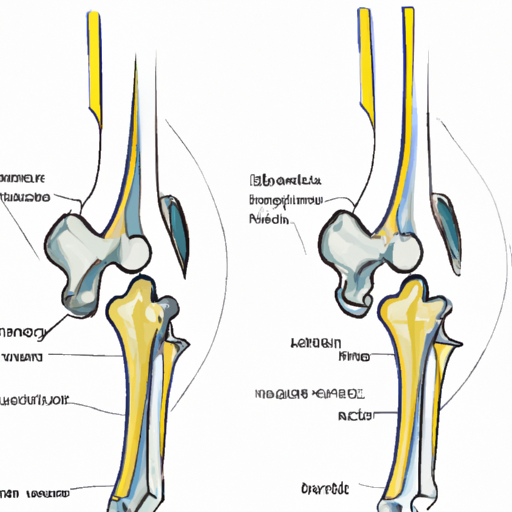Hip dysplasia is a common but often misunderstood condition in dogs. As a caregiver, it’s important to be aware of what it is, how it presents, and what you can do to help your furry friend. This article aims to provide you with a comprehensive understanding of hip dysplasia in dogs.
1. Understanding Hip Dysplasia
Hip dysplasia is a genetic condition where the ball and socket of a dog’s hip joint are not properly formed. This leads to a gradual deterioration and loss of function of the hip joint itself. It’s a condition that can affect any breed, but it is most common in larger dogs like German Shepherds, Labrador Retrievers, and Golden Retrievers.
2. Recognizing the Symptoms
You might be wondering, “what does hip dysplasia look like in my dog?” It’s not always easy to tell, as the signs can vary in severity. Here are some key symptoms to watch out for:
- Difficulty standing up or lying down
- A decrease in activity levels
- An unusual gait, such as a “bunny hop”
- Pain or stiffness, particularly after exercise
- Loss of muscle mass in the hind legs
3. Diagnosis and Treatment
If you suspect your dog has hip dysplasia, a visit to the vet is in order. They will perform a physical examination and most likely recommend x-rays. These will help determine the severity of the condition and the best course of treatment.
Treatment options can include:
- Weight management: Keeping your dog at a healthy weight can reduce the strain on their hips.
- Exercise moderation: Low-impact exercise like swimming can help keep joints flexible without causing further damage.
- Medication: Your vet may recommend medication to help manage pain and inflammation.
- Surgery: In severe cases, surgery may be necessary to correct the joint.
4. Living with Hip Dysplasia
Living with a dog with hip dysplasia can be challenging but manageable with the right care. Here are some ways to help your dog live a comfortable life:
- Provide a comfortable, warm sleeping area. Cold and damp conditions can exacerbate symptoms.
- Consider using ramps or steps to help your dog navigate stairs or get into the car.
- Regular vet check-ups are essential to monitor your dog’s condition and adjust treatment as needed.
5. Prevention
While hip dysplasia is largely genetic, there are steps you can take to help prevent its development or slow its progress:
- Regular, gentle exercise from a young age
- A healthy, balanced diet
- Regular vet check-ups
FAQs
Q: Is hip dysplasia a life-threatening condition?
A: No, but it can significantly impact a dog’s quality of life if not managed properly.
Q: Can small dogs get hip dysplasia?
A: Yes, while it’s more common in large breeds, small dogs can also develop the condition.
Q: Can hip dysplasia be cured?
A: There is no cure for hip dysplasia, but the condition can be managed with the right care and treatment.
Q: Does hip dysplasia cause pain?
A: Yes, hip dysplasia can cause discomfort and pain, particularly after exercise or in cold weather.
Q: Can diet affect hip dysplasia?
A: Yes, a balanced diet can help maintain a healthy weight, reducing the strain on your dog’s hips. Certain foods may also help promote joint health.



